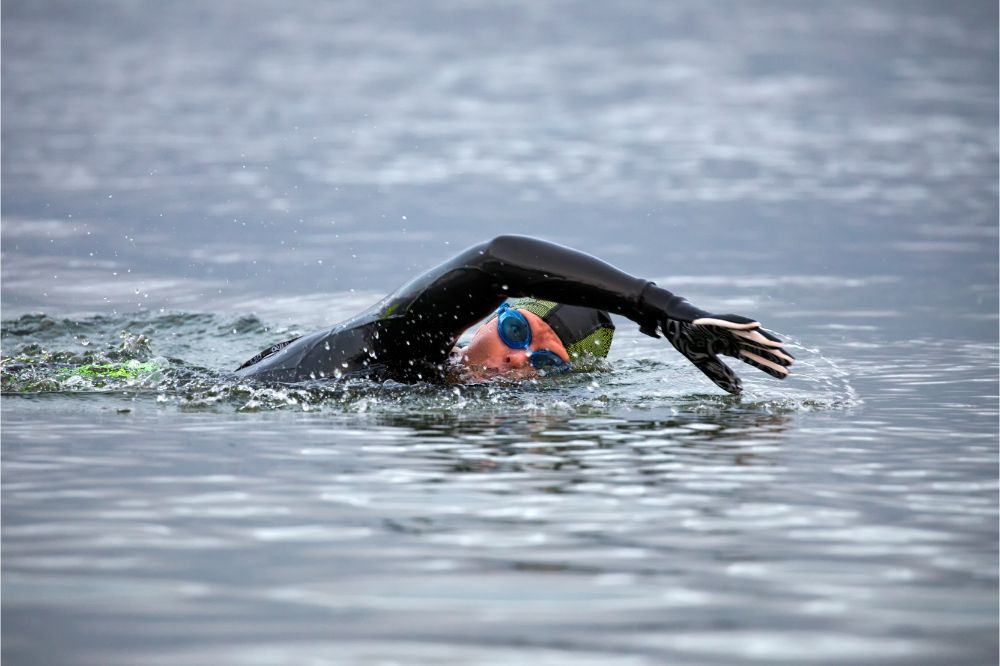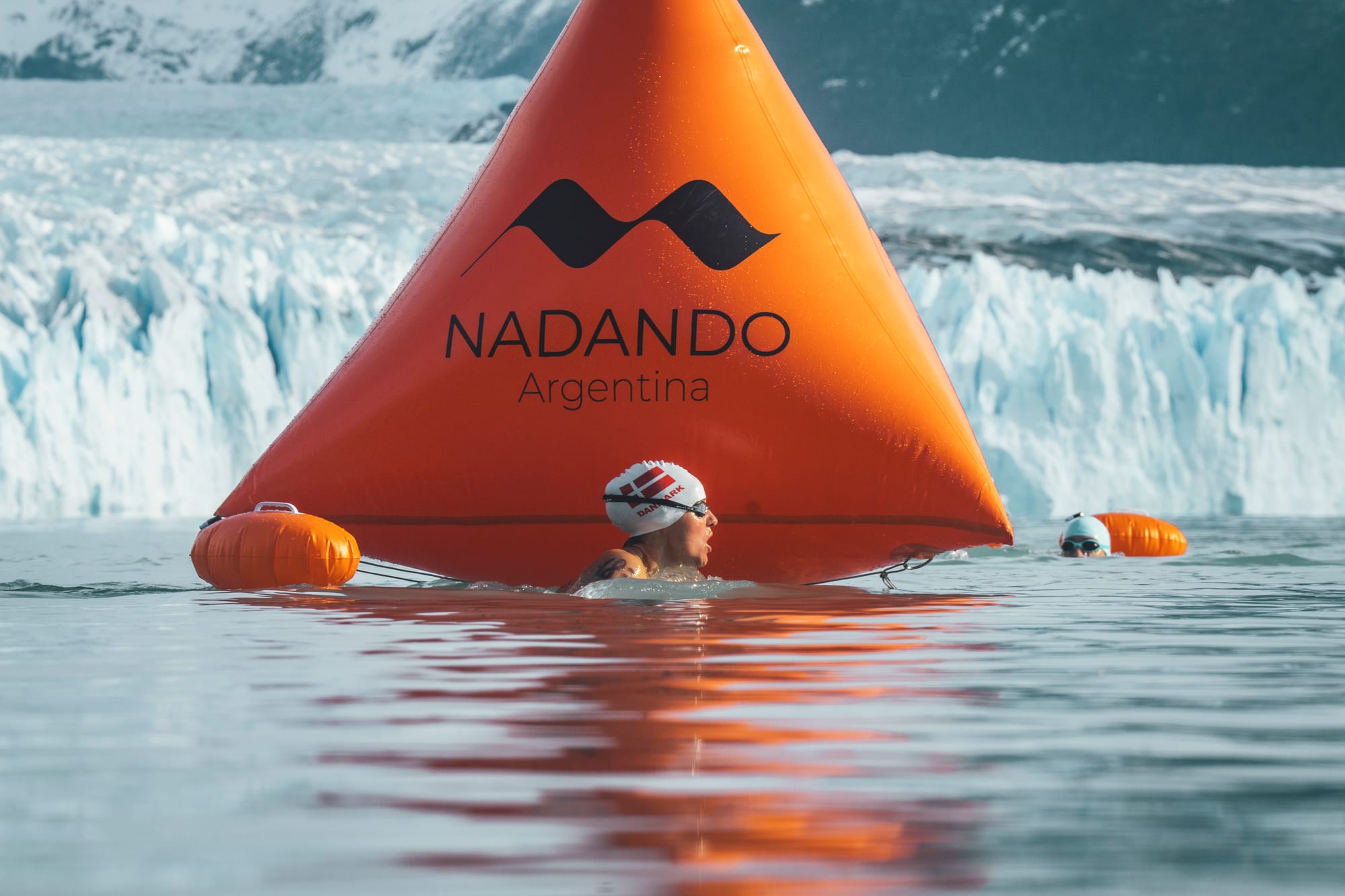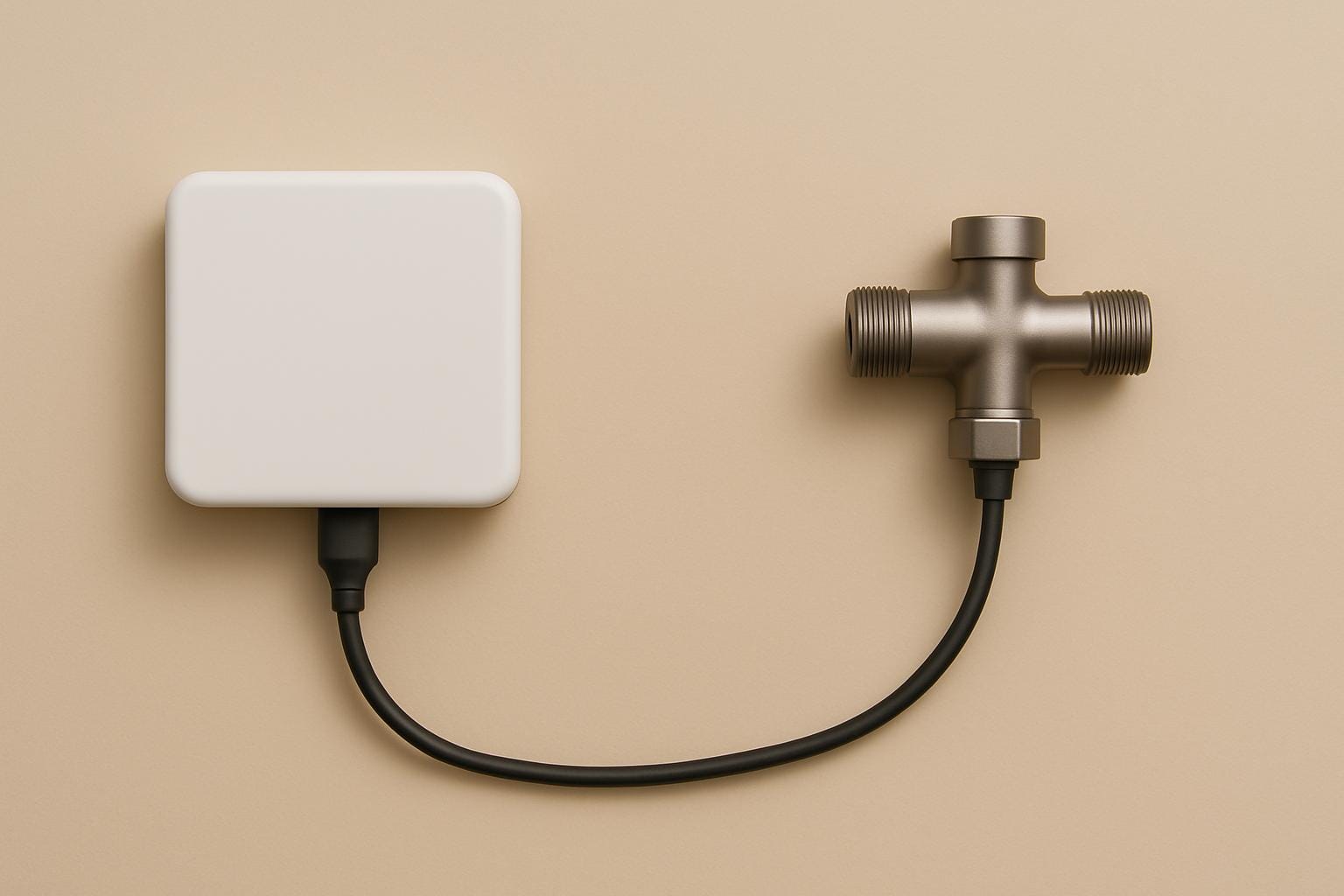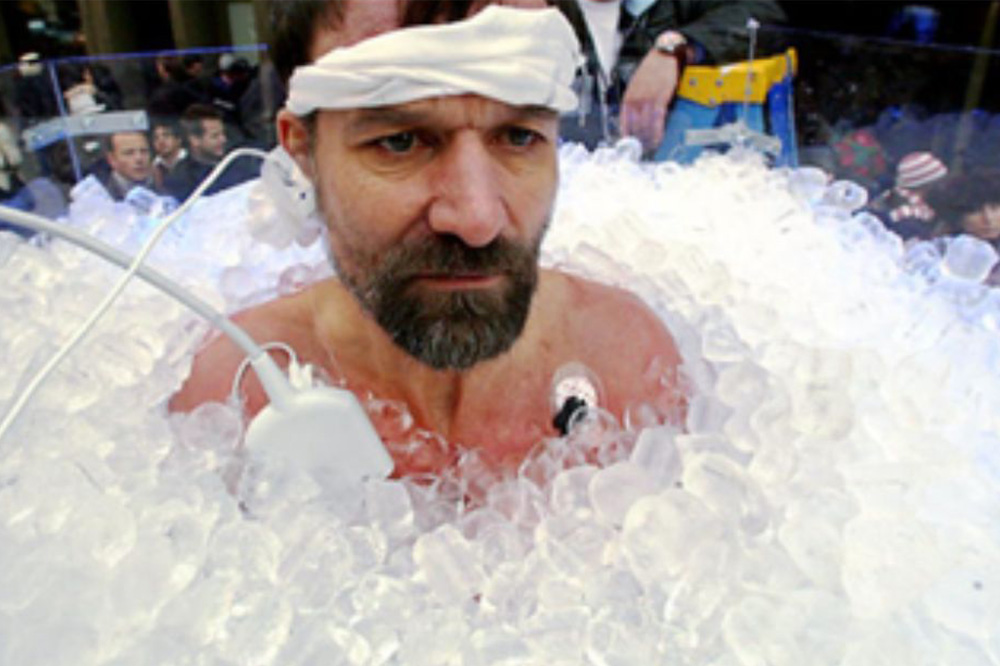Ice swimming is a sport that attracts the most daring of us. It puts all your abilities to the test, and only a handful of people can perform this activity successfully. One of them is Krzysztof Gajewski, a Pole who recently set a world record for the longest distance ice swim.
This entry will delve deeper into Gajewski’s impressive feat and provide some background on this competition. We’ll also share a few tips on how to stay safe if you decide to try your hand at the activity and get your blood pumping.
Krzysztof Gajewski’s Ice Swim
Krzysztof Gajewski is a 29-year-old ice swimmer from Poland. He set the record for the longest ice swim – 2.4 miles (3.91 kilometers) in 3.39°C (38 °F) water in just 1:19:34. Gajewski broke the record previously set by another Pole, Krzysztof Kubiak, who swam 3.75 kilometers (2.3 miles) in 4.4 °C (39.92°F) water.
Gajewski didn’t seem fazed by the challenge. His resting heart rate was measured at around 40 beats per minute, while his blood pressure was an excellent 120/80.
Once the event started, Gajewski took 58 strokes every minute and finished the challenge with an average of 50 strokes per minute. The International Ice Swimming Association (IISA) observed his feat, documenting another example of what the human body can do when pushed to the limits.
History of Ice Swimming
The IISA was founded in South Africa by Ram Barkai, and ice swimming competitions were established soon after in 2009. Barkai is an ice swimmer with several impressive feats under his belt. For instance, he swam 2.3 kilometers (1.43 miles) in just 43 minutes in 4 °C (39 °F) water. This event was the beginning of the Ice Mile movement.
The internationally recognized Ice Mile takes place in water of at most 5°C (41 °F). The competitors can only use a swimming cap, swimming goggles, and swimwear. Moreover, the swimmers must swim the distance by themselves, but team members and assistants measure the air and water temperature.
In addition to the IISA, the other major cold water swimming organization is the International Winter Swimming Association (IWSA). Both associations have similar competition requirements, such as 25-meter (27-yard) pools, temperatures below 5° Celsius, and limited swimming equipment.
Apart from the official winter and ice swimming competition, there are other cold water challenges, such as the polar bear plunge in Western Europe and North America. These events are mainly used to mark the New Year or simply to have fun in the cold. However, the participants aren’t required to swim.
Tips to Ice Swim Safely
Krzysztof Gajewski and other brave ice swimmers didn’t jump headfirst into their competitions. Experts monitored their performance to ensure their safety, and they have tremendous experience with this activity. If you don’t have the same background, immediately jumping into ice swimming notwithstanding participating in a competition is ill-advised.
You can participate in casual ice swimming and reap some amazing health benefits, like boosting your immune system and improving circulation.
However, here are a few precautionary measures you should follow:
- Consult your doctor before taking an ice swim – especially if you have asthma or heart disease. Check out a full list of medical conditions that speak against engaging in an ice swim.
- Don’t swim alone – take a dip with family or friends so that you can help each other if a problem arises.
- Swim in a convenient site where you can leave the water safely once you’re done or when you suddenly feel like stopping your training. Don’t venture out too far.
- Wear a wetsuit if you’re more comfortable. But keep in mind that the chillier you feel, the faster you’ll adapt.
- Wear gloves and neoprene boots in winter to keep your feet and hands warm. You should also consider putting on a wool hat over your swimming cap.
- Controlling your breathing will be hard at first, so take it easy. Let your body adjust to the temperature by holding onto a ladder or touching the bottom of the pond.
- At one point, the cold gets into your arms and legs so strongly that you start stiffening up. If you can no longer maintain your swimming stroke, leave the water to avoid health risks. The time it takes for you to stiffen up depends on your level of cold adaptation, body mass composition, type of activity in the cold and of course the water temperature. Be prepared that it might occur sooner than you think.
Once you exit the water, your body cools for approximately 30 minutes. If you can’t heat yourself up through your own muscle activity, you should wear warm clothes and have some tea or other warm (not hot) drinks during this time. Wait until your temperature is back to normal before driving a car or engaging in any other activity that requires full focus or full control of your body.
Ice Swimming Can Do You a World of Good
Gajewski and other ice swimmers don’t engage in this activity for fun only. It also helps them improve their health by reducing stress, burning calories, and boosting circulation. You can experience the same benefits. Consult your general physician first and take appropriate precautionary measures to make the most of your plunge.
Disclaimer: You should see a doctor prior to starting with cold training and research the risks involved.











Discussion